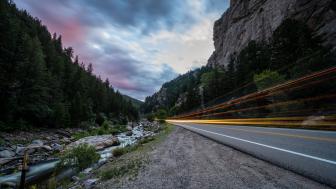Lighting
Sort By: Post Date TitlePublish Date
|
Jan 03, 2025
|
Oct 20, 2023
|
Sep 06, 2023
|
May 20, 2022
|
Aug 01, 2019
|
Sep 23, 2016
|
Jul 06, 2016
|
Jan 15, 2016
|
Sep 03, 2015
|
Oct 27, 2014
















